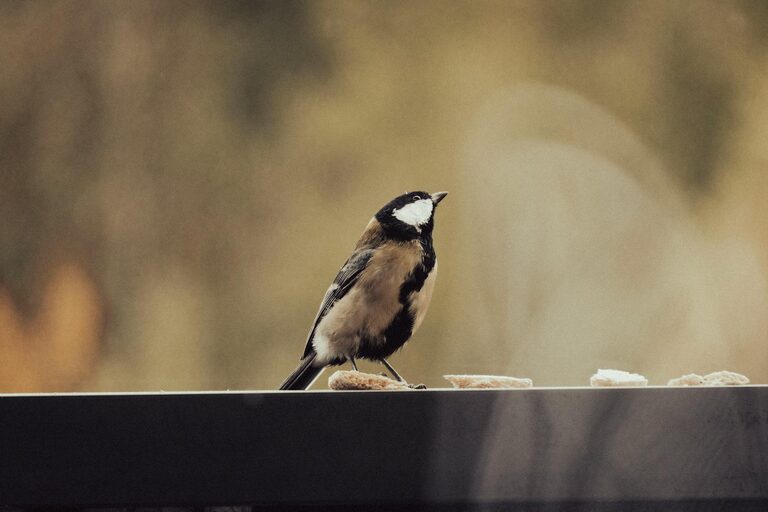Beginner Tips for Backyard Birdwatching: A Simple Guide to Get Started

Birdwatching is a joyful and relaxing hobby that connects you to nature and adds excitement to your outdoor space. If you’ve ever glanced out your window and wondered about the birds visiting your yard, this beginner’s guide will help you get started with backyard birdwatching. Whether you have a small garden or a spacious backyard, attracting and identifying birds can be a rewarding experience.
Why Start Backyard Birdwatching?
Birdwatching in your backyard is accessible, affordable, and delightful. It encourages you to slow down, notice the natural world, and learn about local wildlife. Plus, it can be done year-round, providing new bird species to discover in every season.
Getting Ready: Essential Supplies for Beginners
Starting with a few simple tools will enhance your birdwatching experience. You don’t need expensive gear, especially when beginning.
1. Binoculars
A good pair of binoculars helps you see birds clearly without disturbing them. For beginners, choose lightweight binoculars with 7x to 8x magnification.
2. Field Guide or Bird Identification App
A field guidebook or a smartphone app can help you identify birds you see. Many apps include photos, songs, and tips for common backyard species.
3. Notebook and Pen
Jotting down your observations and sketches will improve your skills and make your birdwatching sessions more memorable.
4. Comfortable Seating
Find a quiet spot near your window or outdoors where you can sit comfortably and observe birds without causing disturbance.
Setting Up Your Backyard for Birds
Encouraging birds to visit your yard involves creating a bird-friendly habitat that meets their needs for food, water, shelter, and safety.
Provide Food Sources
Bird feeders are a popular option to attract birds. Here are some tips:
– Use different types of feeders (tube, platform, suet) to attract various species.
– Offer a variety of seeds, such as sunflower seeds, millet, and nyjer.
– Clean feeders regularly to prevent disease.
Additionally, planting native shrubs, trees, and flowers produces natural food like berries and insects.
Offer Fresh Water
Birds need water for drinking and bathing. A shallow birdbath or a shallow dish refreshed daily will attract many visitors. Placing the birdbath near plants offers shelter while birds drink.
Create Shelter and Nesting Spots
Dense shrubs, trees, and birdhouses provide shelter and nesting places. Avoid using pesticides in your garden to protect insects that serve as food for many birds.
Keep It Safe
Keep cats indoors or supervised while outside to protect birds from predators. Position feeders and birdbaths safely away from windows to prevent bird collisions.
Observing and Identifying Backyard Birds
Now that your yard is inviting birds, here are tips for observing and identifying them.
Be Patient and Quiet
Birds can be shy, so patience is key. Move slowly, speak softly, and avoid sudden gestures.
Learn Bird Behavior
Notice how birds feed, fly, and call. These behaviors can help distinguish species.
Use Your Guide
Compare birds’ size, colors, beak shapes, and songs with your guide or app. Over time, you’ll remember common backyard birds, making identification easier.
Record Your Sightings
Keep a simple bird journal noting the date, time, species, and behaviors you observe. This helps track patterns, like migration or nesting seasons.
Enjoying Your Birdwatching Experience
Birdwatching is not just about spotting many species; it’s about appreciating the beauty and activity of nature.
– Try Bird Photography: Use a camera or smartphone to capture images for identification or sharing.
– Invite Friends or Family: Birdwatching can be a social activity that encourages outdoor time together.
– Join Local Birdwatching Groups: Many communities have clubs or online forums where beginners can learn and share experiences.
Final Tips for Success
– Start with common birds in your area to build confidence.
– Keep consistent feeding schedules to encourage regular visitors.
– Observe during early morning or late afternoon when birds are most active.
– Respect wildlife by avoiding loud noises and not disturbing nests.
Birdwatching improves with practice, so keep exploring and learning. Soon, your backyard will become a lively sanctuary where you and your feathered friends can enjoy peaceful moments together. Happy birdwatching!
